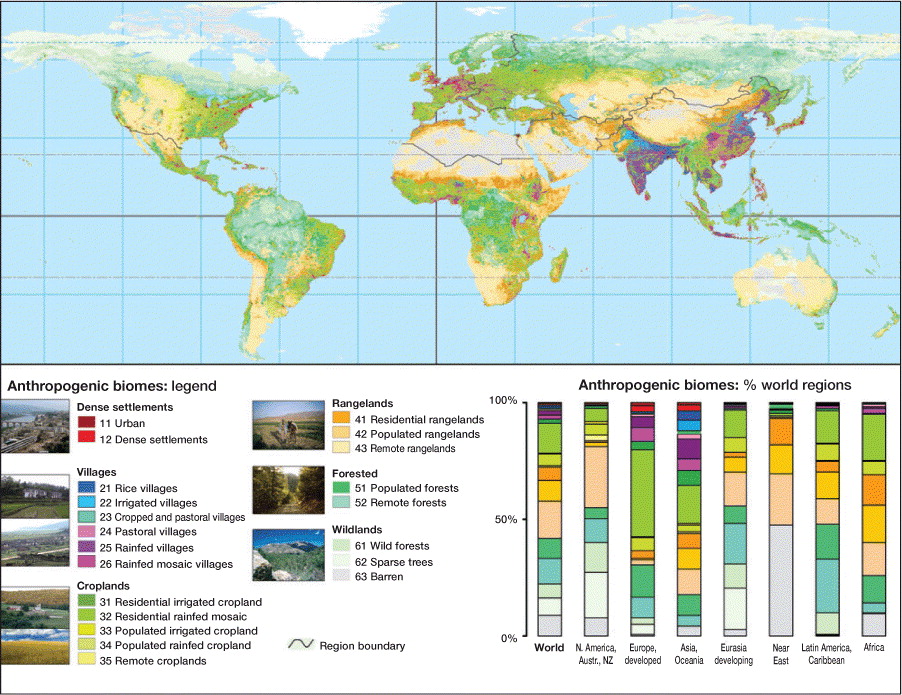
Where the ecologists are: a Field Talk podcast with Erle Ellis
The UM-Baltimore County ecologist talks about geographical context in field research and why he thinks the value of nature is more than the sum of it’s services. by Liza Lester, ESA communications officer Listen to the podcast on the Field Talk page, or download it from iTunes. Ellis collaborated with Laura Martin and Bernd Blossey of Cornell University on the Frontiers…